Glass being one of the oldest materials for creation is used for many applications. However, for a long, it had been away from the influence of additive manufacturing. There are many reasons for it.
If one wishes to 3D print glass, one must understand the various challenges the material entails.
Although there have been many advancements to tame this material for application within multiple niches, we still haven’t been able to bring a complete justification to the models created using glass 3D printing. The good news is that we are at least progressing.
Efforts from various researchers and institutions do have proved that the aim of 3D print using glass is not just a manifestation. If working in the right direction, it certainly is possible to bring glass 3D printing to commercial use.
Looking at the prospects and how 3D printing could bring more shades and dimensions to glass manufacturing, the teams of professionals from around the nations are already investing huge time and money to realize the same dream.
So, let us explore the various developments that have already been taken around the globe and how far have we reached in terms of efficiency when it comes to 3D print glass.
And, before we do that, let us explore the challenges surrounding the success of 3D-printed glass.
What Are the Challenges to 3D Print Glass?
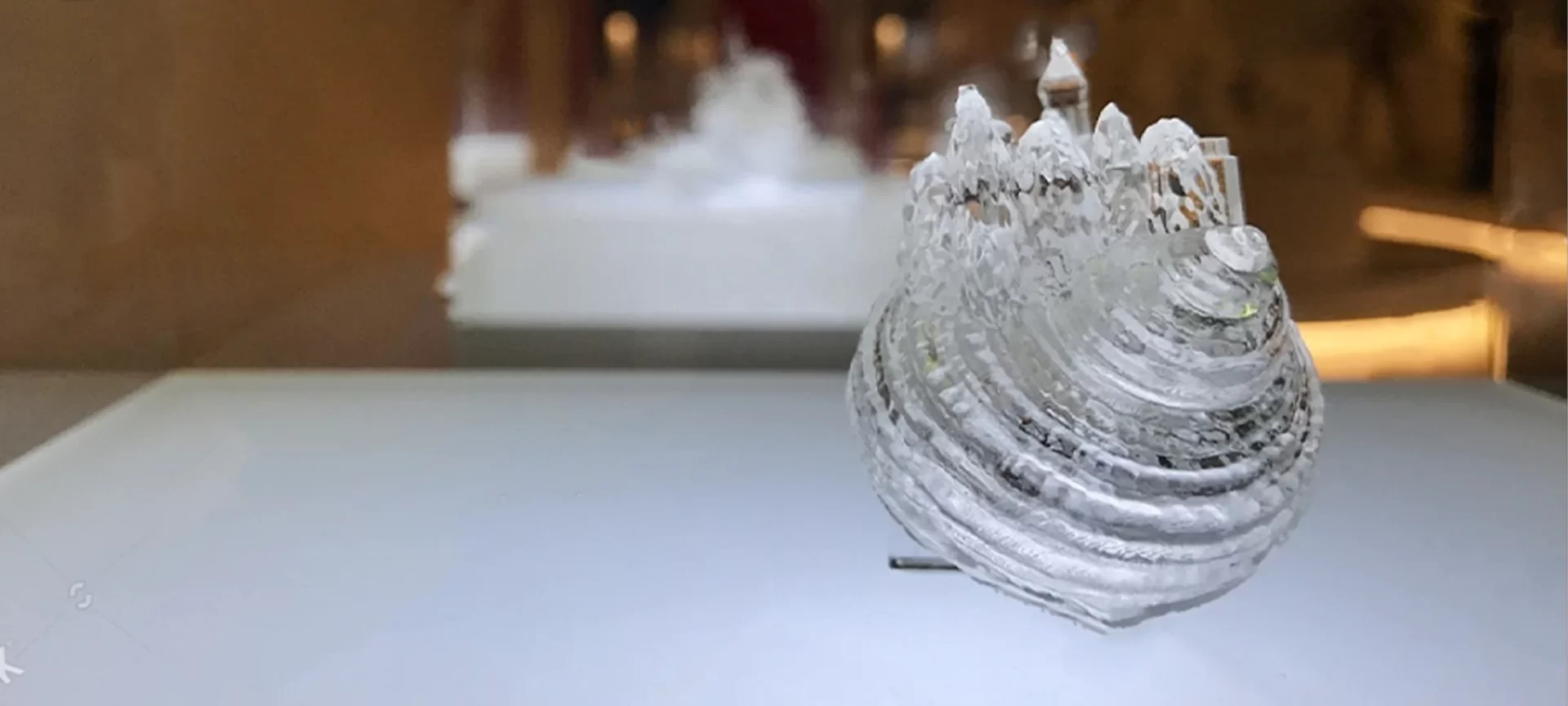
Glass, because of its physical and chemical properties, the material is difficult to use within additive manufacturing. That is why scientists have been working for years to innovate better solutions to 3D print glass.
There were many smaller successes in between until the MIT team found a way to create 3D printed glass. Now, it is actually possible to preserve the actual properties of material when using it for 3D printing.
In the past, there were many attempts made to tame glass for 3D printing, however, the resultant models lack transparency as well as accuracy. It is not easy to print as it is with plastic.
Hence, for a long, it was believed that 3D printing technology is more about working alongside plastic and related materials.
With time, that notion did change. The different 3D printing processes evolved apart from stereolithography and FDM which changed the way the industry was perceived. Manufacturers moved to metal 3D printing and printing with glass seemed a viable option too.
However, it was not as easy as any of the other materials involved in 3D printing. Hence, it took so long to put glass among the other choices for 3D Printing. So, what were the challenges that the researchers were facing after all?
The biggest of all the problems was to maintain the need for high temperatures that glass needed to maintain its flow through the nozzle.
The need for the perfect flow of the molten glass through the extruder depending on the attained temperature over 1000 degrees Celsius kept professionals at bay from bringing the theory into practice for long.
There were other challenges too. To work at such a high temperature, one needed to find the right nozzle. The one made of such a material that could resist such huge temperature as well as avoid the sticking of glass to its surface.
Before the 3D printer from MIT surfaced, the researchers did use the jetting as well as sintering 3D printing processes to melt and connect tiny glass particles together. However, the result was an opaque model, instead of being transparent.
All these problems did delay the work and it took over a decade to understand the most effective way of 3D printing with glass.
More About MIT Research On 3D Print Glass
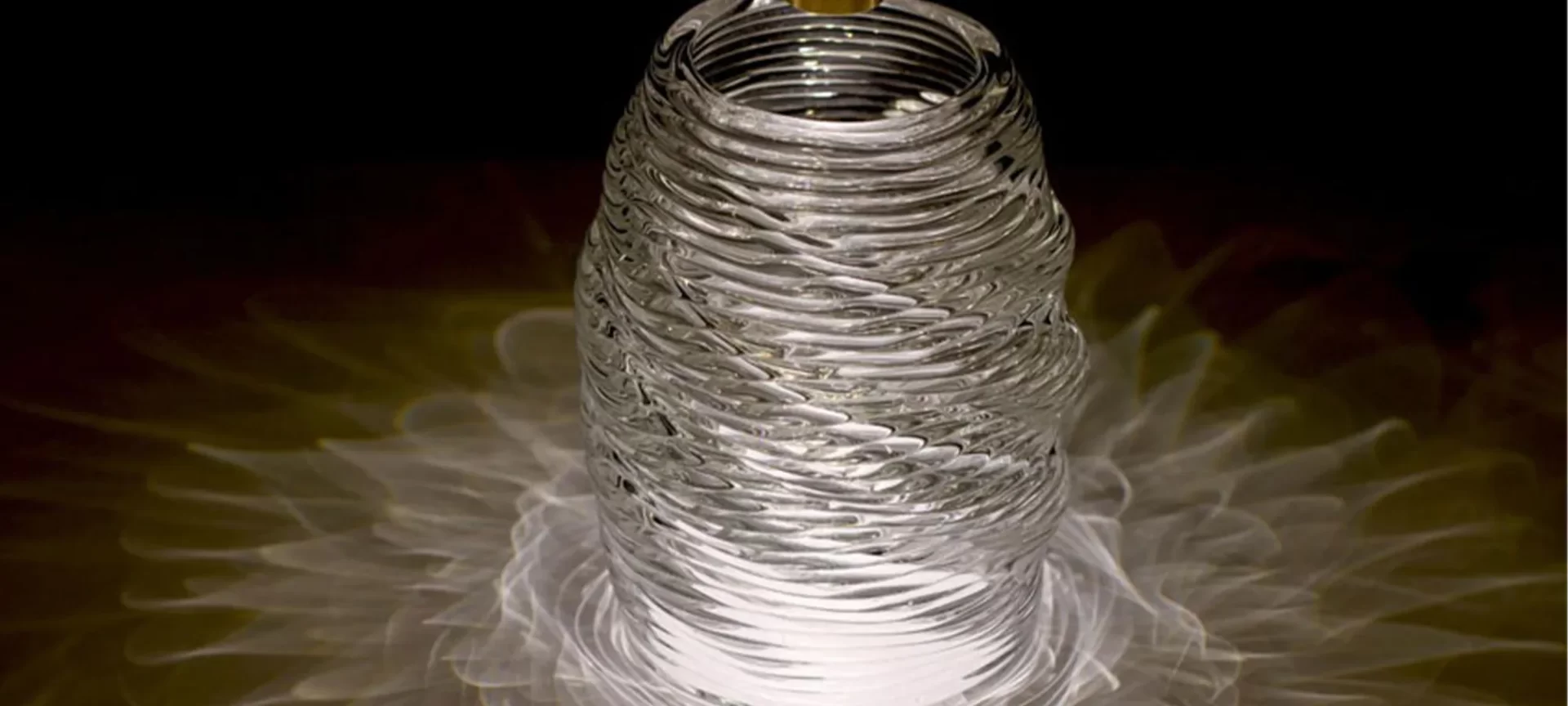
After a lot of trials and errors, MIT recently published a paper in 3D printing and additive manufacturing, explaining the new and improved 3D printing solution for working with glass.
The research paper completed by Michael Stern, Chikara Inamura, Peter Houk, Daniel Lizardo, along Neri Oxman introduced a revised system to 3D print glass.
This new process is claimed to provide better control in terms of handling of the glass material as well as refining the results with the end product.
In this system, the team brings together the four-axis motion control technique with a three-zone thermal control system. Not just that, the system, coined as G3DP2 is capable enough to handle industrial-scale production.
To do so, the system offers a better production rate, higher reliability, great accuracy along the capability of repeated operation. These all benefits were not present with the later systems.
When getting into more details, the new and revised system makes use of two different boxes for handing glass. One is the heated and sealed box for preserving glass in its molten form.
Another is the box, with thermal control to print the glass. Using the movable plate that slips down, one layer at a time to prepare the 3D models, the system does involve 3D Printing touch to its overall operation.
There is one more special addition to the entire system. It is the fact that the process of printing happens while ensuring the glass models do not inject impurities in between the time it is extruded and sets up into solid form.
Where Are We Currently With 3D Printed Glass?
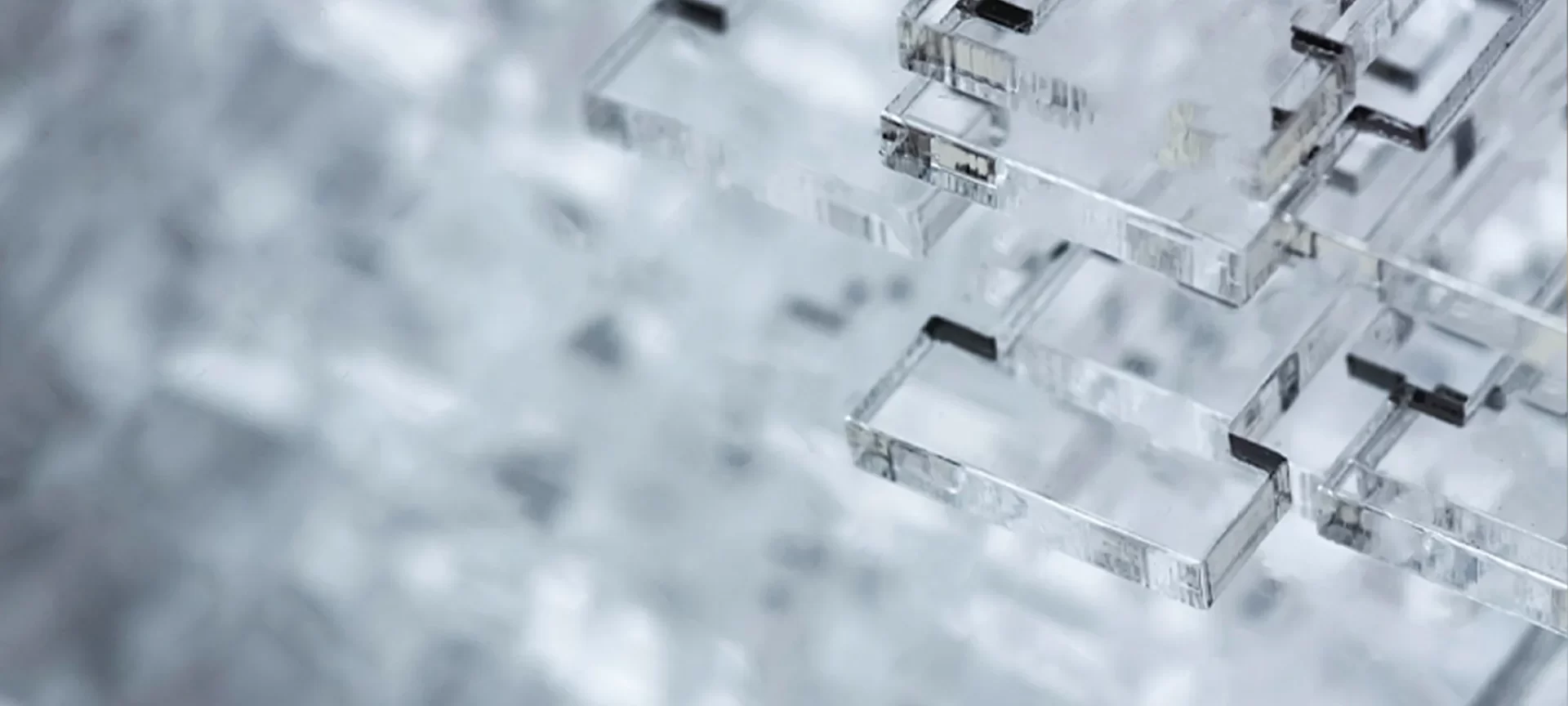
You must have found out the research done by MIT, pretty captivating. And, it sure is. However, for many different reasons, one still cannot consider this system suitable for intricate and high-tech applications.
Those niches that require to build a precise microstructure would not feel the technology doing any good to them.
This is mostly because of the lack of high resolution. When 3D printing with the method proposed by MIT, the manufacturing of vases and small models won’t outline any problems with the poor resolution.
But we cannot say the same thing about the applications where one needs to create microstructures. And, most of the high-end niches would certainly want that coming in the future.
Fortunately, the 21st century is not ready to cease to surprise us all. There are more answers to the problem apart from the molten glass.
Yes, not like the FDM 3D Printing, but more like the other 3D printing technologies, there are few research groups trying to formulate better results when wanting to 3D Print glass.
One of the groups led by the German team from Karlsruhe Institute of Technology came up with a new way of printing with glass using Stereolithography, the oldest of all 3D printing processes.
In the process, the team used a special type of photocurable polymer containing a nano-powder of glass. After this, the model was placed inside the 1300 degrees Celsius temperature to burn off the photocurable polymer, hence, densifying the glass.
Another group from the U.S., with combined efforts from researchers at the University of Minnesota, Lawrence Livermore National Laboratory, along with Oklahoma State University did progress to provide an alternative solution to the 3D print glass.
This group once again progressed with the special ink. However, rather than depending on stereolithography, the group processed the ink through the direct ink writing process and printed the 3D models at room temperature.
All these researchers are still in their initial phase and there is a lot we need to uncover going forward. However, the positive results and enhanced output do provide us with huge prospects in the future.
There are a few other innovations related to 3D print glass that you must know about. So, let’s find out more.
Latest Developments
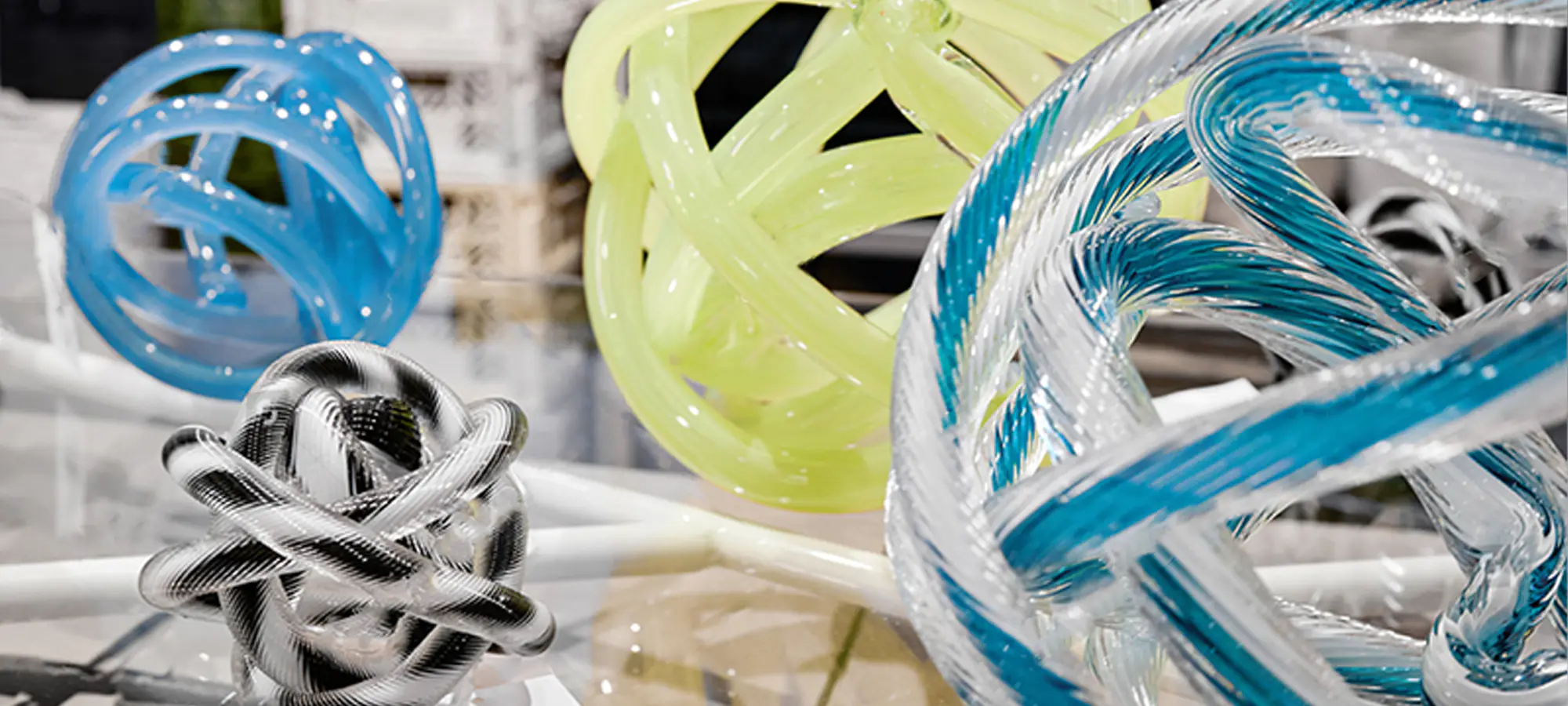
The need for development will continue to grow as we would feel stuck with certain limitations while crossing a few more. And, 3D printed glass seems to be posing similar challenges to the experts.
Recently, ETH Zurich’s researchers applied for a patent to book the new invention to their name in the field of 3D printing glasses.
Using the DLP technology that works on photocurable resins, like Stereolithography, the researchers have been able to produce complex glass models retaining their original properties.
Using a special resin, the team uses UV light to cure each layer at a time. DLP technology is accessible commercially. This means that one who wants to 3D print glass won’t have to stay too far from reach.
The process works simply with the introduction of UV light to the desired cross-section, depending on the 3D file.
The system makes use of a special resin developed by ETH processor, André Studart. This special resin contains a type of plastic along with organic molecules. The glass precursors bond to these organic molecules.
And, as it happens in the DLP process, as the light strikes the surface of the resin, it hardens. The plastic polymer connects forming the labyrinth-like structure. On the other hand, the glass-bearing organic molecules fill the gaps and cracks present in the labyrinth-like model.
The best and unique part is that the user can easily change different parameters for each layer separately.
For instance, the light intensity, which when weakens results in larger pores and squeezes the pores when illuminated to higher strength.
Apart from all the good news surrounding those from the 3D printing community, one must be ready to compromise with the large models such as bottles, windowpanes, and others.
A Major Development – The Glassomer Resin
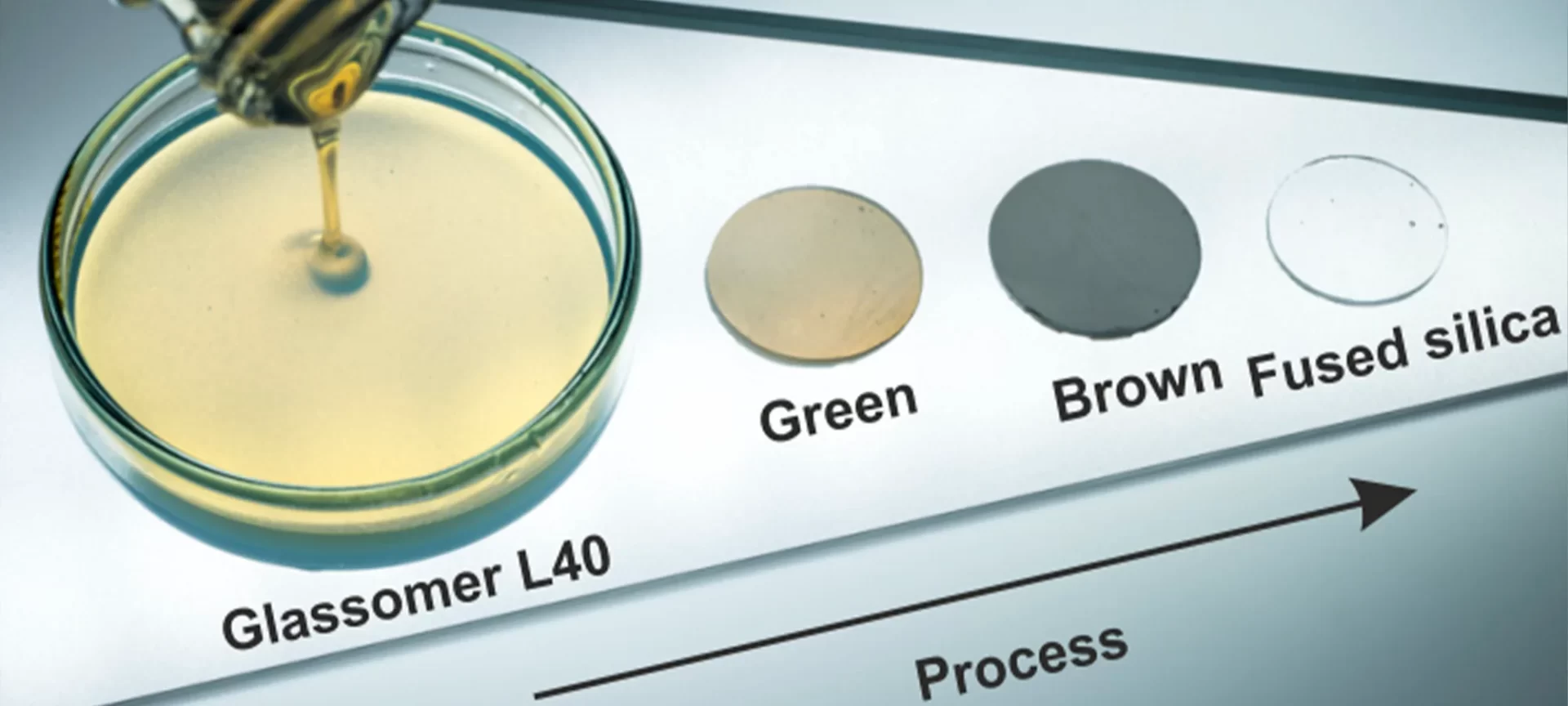
Glassomer, a new company that started its operation in 2018 from Germany has come up with its special resin called, Glassomer Resin.
The company claims that the users can use the usual SLA or DLP 3D printing processes to create 100 percent, glass models. So, how does this resin look like and what does it contain?
When talking about its looks, the resin would be clear and transparent with a honey-like consistency. You may find a little tint too.
This resin has 60 percent glass and there are organic binders to fill the rest of the space. The glass particles aren’t visible being as small as 50 to 100 nm in size.
The question is: How does it work? Using either of the two 3D printing processes, users can create 3D models made of glass after successfully completing the required post-processing steps. The SLA or DLP Process will solidify the photocurable resin, selected parts of layers at a time.
Once this process is over, you will get the 3D model that is green in color. However, because of the porosity, it will appear white in color. And, by processing the part through certain steps, one can achieve transparent results.
At first, one must heat the green part under a temperature of 600 degrees Celsius. This step will help burn out the organic binders that we talked about previously. Once that happens, you would be left with the brown part containing only glass.
Later, you must again heat this resulting brown part under 1300 degrees Celsius. This process is to further sinter the glass particles as one part.
Hence, the resulting 3D model will be made of 100 percent glass, being completely transparent with no porosity.
This is a huge leap into 3D printing glass. And, we certainly wait for more to come.
Suggested Articles:
Best FDM 3D Printer
Best DLP 3D Printer
Best SLA and Resin 3D Printers
The Conclusion
3D printing, although invented long back, is still growing and aims at developing further with time. With so many expectations users have from the technology, it is certainly not planning to cease us too.
And, 3D printed glass is just another milestone that we have already booked so far.
There are many challenges that still surround us. And, finding a sustainable system would be the next aim of the researchers when it comes to 3D print glass.
And, why not. We have succeeded so far, conquering a lot of problems already. And, intending to go beyond that would definitely be justified.
It is not only important to bring glasses to 3D printing but also to make the system accessible commercially is something that we need to plan.
Unless the technology reaches mass, it would still be limited and constrained, either we 3D print glass for intricate geometries or not so complex 3D models.







